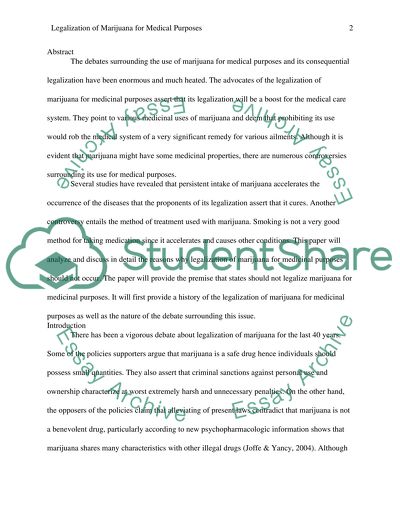Cite this document
(“The legalization of marijuana for medical purposes Essay”, n.d.)
Retrieved de https://studentshare.org/english/1390857-the-legalization-of-marijuana-for-medical-purposes
Retrieved de https://studentshare.org/english/1390857-the-legalization-of-marijuana-for-medical-purposes
(The Legalization of Marijuana for Medical Purposes Essay)
https://studentshare.org/english/1390857-the-legalization-of-marijuana-for-medical-purposes.
https://studentshare.org/english/1390857-the-legalization-of-marijuana-for-medical-purposes.
“The Legalization of Marijuana for Medical Purposes Essay”, n.d. https://studentshare.org/english/1390857-the-legalization-of-marijuana-for-medical-purposes.


